What is acceptable in terms of gaps for hardwood floor in a new build?
Michael Lamb
5 years ago
last modified: 5 years ago
Featured Answer
Sort by:Oldest
Comments (24)
User
5 years agolast modified: 5 years agoMichael Lamb
5 years agolast modified: 5 years agoRelated Professionals
Harrisburg Home Builders · Los Banos Home Builders · Warrensville Heights Home Builders · Dardenne Prairie General Contractors · Erlanger General Contractors · Groveton General Contractors · Mansfield General Contractors · Mount Vernon General Contractors · Winfield General Contractors · Emmaus Flooring Contractors · North Tustin Flooring Contractors · Baldwin Tile and Stone Contractors · Pooler General Contractors · Berkeley General Contractors · Lake Forest Park General Contractorsksc36
5 years agoG & S Floor Service
5 years agoUser
5 years agoAdam Thomas
5 years agoMark Bischak, Architect
5 years agoSJ McCarthy
5 years agoOak & Broad
5 years agoMichael Lamb
5 years agoworthy
5 years agolast modified: 5 years agoemho23
5 years agolast modified: 5 years agomillworkman
5 years agoksc36
5 years agoemho23
5 years agogthigpen
5 years agoksc36
5 years agoCharles Ross Homes
5 years agoworthy
5 years agolast modified: 5 years agoCharles Ross Homes
5 years agoworthy
5 years agoCharles Ross Homes
5 years agovinmarks
5 years ago
Related Stories

HOUSEKEEPINGHow to Clean Hardwood Floors
Gleaming wood floors are a thing of beauty. Find out how to keep them that way
Full Story
REMODELING GUIDESTransition Time: How to Connect Tile and Hardwood Floors
Plan ahead to prevent unsightly or unsafe transitions between floor surfaces. Here's what you need to know
Full Story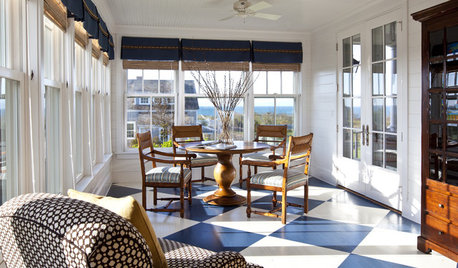
FLOORSHow to Paint Your Hardwood Floors
Know how to apply nail polish? Then you can give your wooden floors a brand-new look
Full Story
MATERIALSWhat to Ask Before Choosing a Hardwood Floor
We give you the details on cost, installation, wood varieties and more to help you pick the right hardwood flooring
Full Story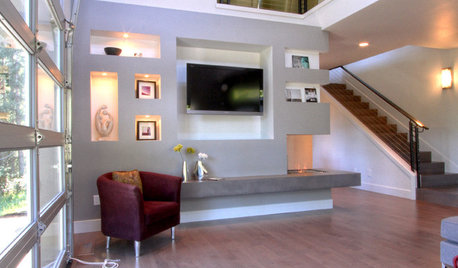
REMODELING GUIDESContractor Tips: Smooth Moves for Hardwood Floors
Dreaming of gorgeous, natural wood floors? Consider these professional pointers before you lay the first plank
Full Story
REMODELING GUIDESYour Floor: An Introduction to Solid-Plank Wood Floors
Get the Pros and Cons of Oak, Ash, Pine, Maple and Solid Bamboo
Full Story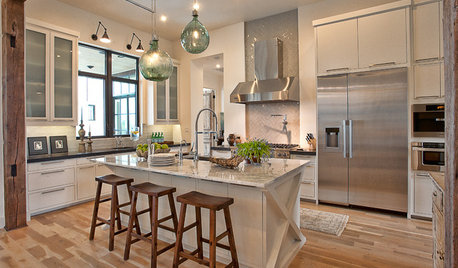
KITCHEN DESIGNEcofriendly Kitchen: How to Choose Flooring
Conserve natural resources and your long-term finances by choosing kitchen flooring materials with durability and beauty
Full Story
GREAT HOME PROJECTSWhat to Know Before Refinishing Your Floors
Learn costs and other important details about renewing a hardwood floor — and the one mistake you should avoid
Full Story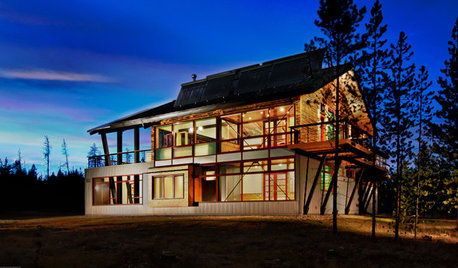
GREEN BUILDINGZero Net Energy: A Hardworking-House Term to Know
Homes that consume only as much energy as they produce by renewable means are a goal for builders. Learn what ZNE means for you
Full Story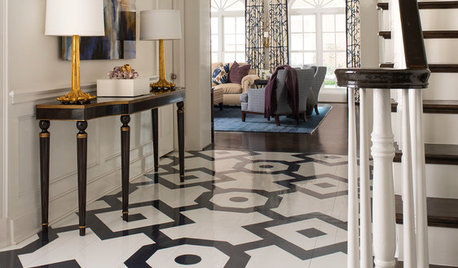
FLOORS6 Alternative Flooring Ideas to Kick Up Your Style
Rubber, cork, concrete and other materials are worthy options in lieu of hardwood or tile
Full StorySponsored
Industry Leading Interior Designers & Decorators in Franklin County
More Discussions






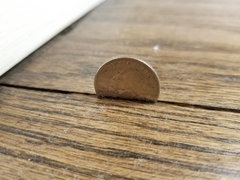
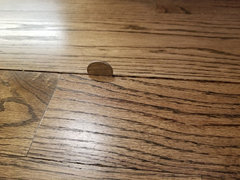
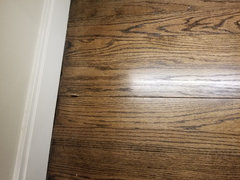
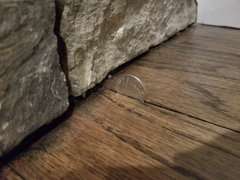


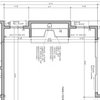
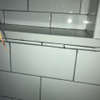
A Fox